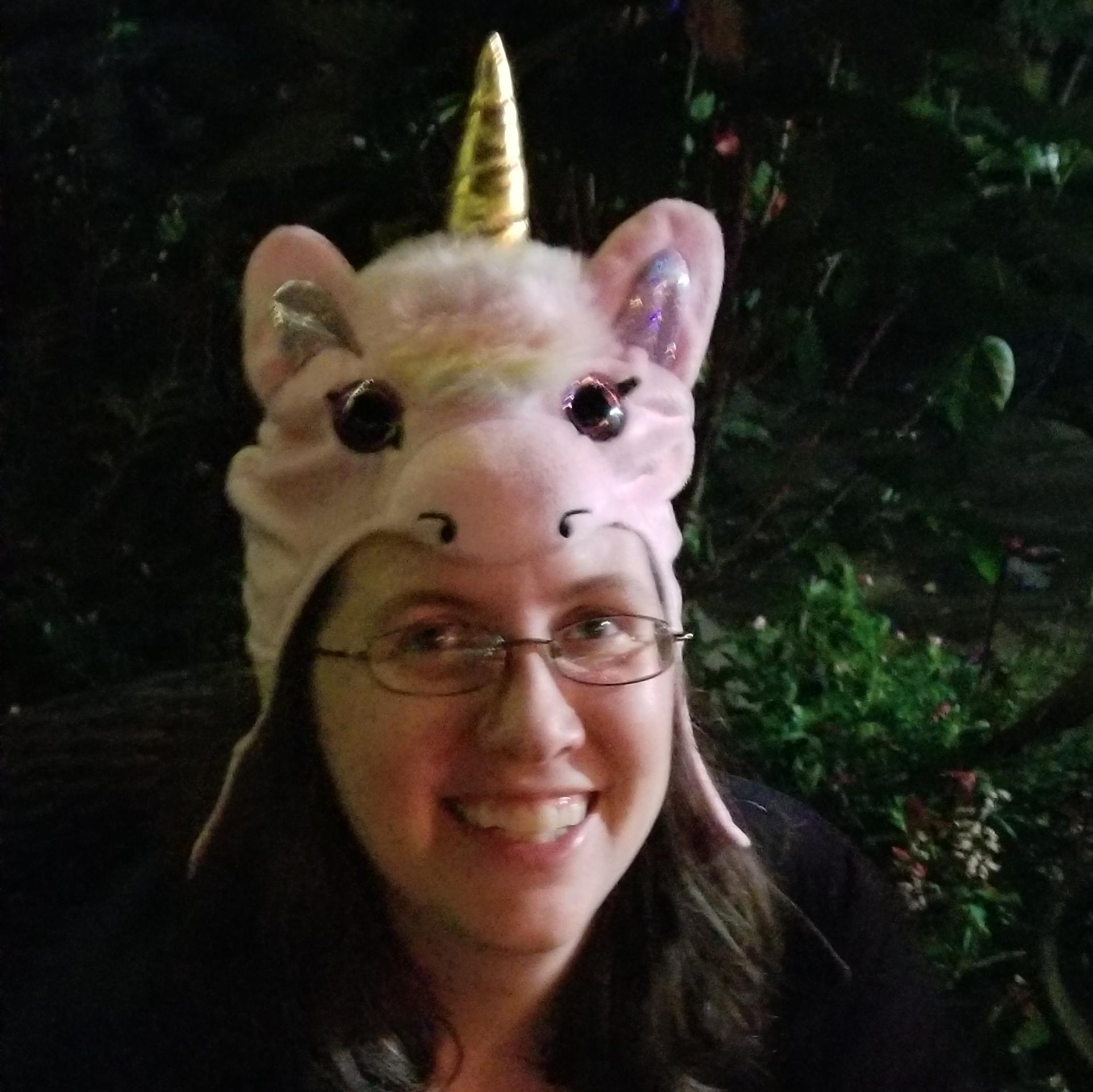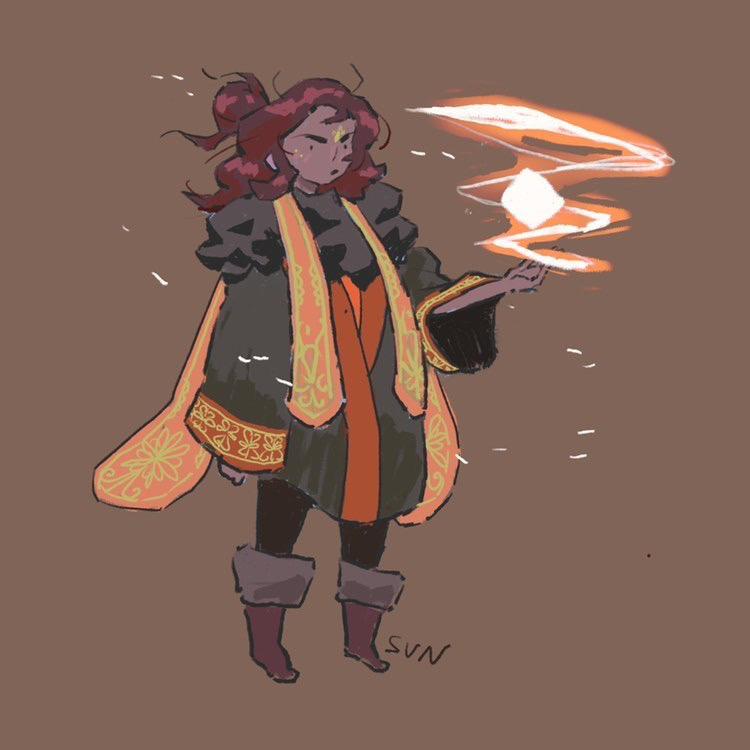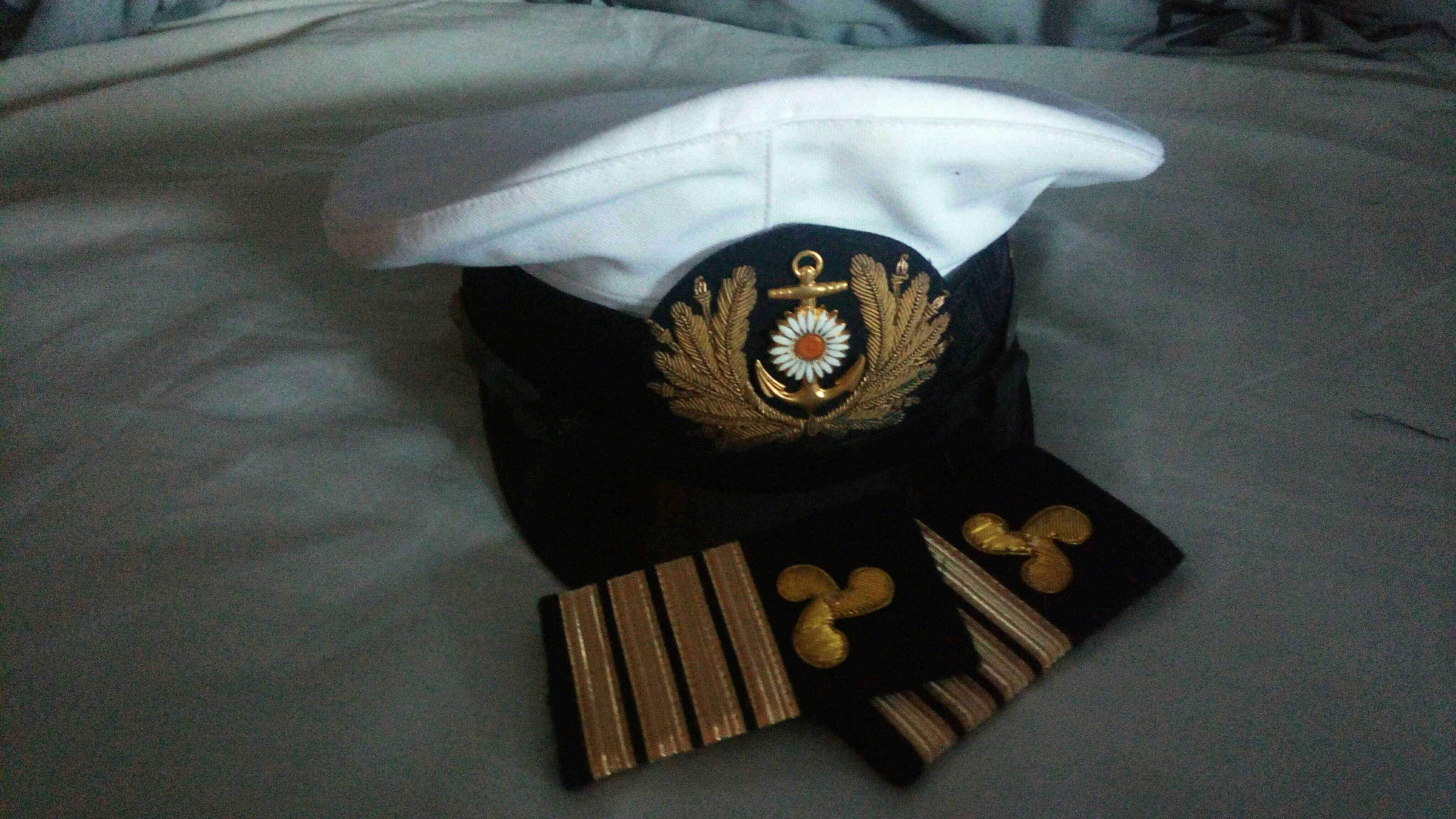Dragon
What came first; the dragon, or the hoard?Dragons are intelligent and massive serpentine creatures that emerge when large quantities of wealth are hoarded. Dragons are deeply magical with elemental powers as well as a strong bond with their hoard. Most dragons have a particular affinity for one element. Dragons have been shrouded in mystery for millenia, with researchers from the Magisterium only recently learning about their life cycle and how their powers relate to their hoards. The biggest discovery is that dragons do not mate as initially believed. Instead they emerge from a hoard of wealth, which they proceed to lay on until their magic is sufficiently dispersed through the hoard. A hoard can only belong to a single dragon, and as the hoard grows, so too does the dragon. Dragons can asexually reproduce by portioning out a section of their hoard to serve as the hatch for a new dragon, but they rarely choose to split their wealth in such a manner.
Biology
The fundamental features of a dragon are debated, but commonly a creature must have a hoard and the ability to conjure an element with their breath to be considered a dragon.Why is it that when some creature is created with magic, it's always reptiles? Dragons, obviously, but also salamanders, basilisks, hell, even those damned flying serpents Bertram keeps summoning! What in the world is up with that? Does magic have some kind of serpentine agenda?
Hoard
A Hoard can be described as the life blood of the dragon. A dragon only grows as their hoard does, and most guard theirs with zeal. It is important to note that the size of the dragon doesn't directly correlate with the hoard. It seems the value of it does play some role. That being said, it can sometimes be hard to know the true extent of a draconic hoard. It is likely that some dragons have multiple smaller hoards, squirrelled away in safe locations. The banking dragon Esereum has proven beyond a shadow of a doubt that dragons very well can have part of their hoard taken away, and still consider that fundamentally theirs. Esereum's comfort with allowing his hoard to be taken from him and handled by humanoids realmwide, however, is far from the norm. Most dragons covet and zealously guard their possessions from everyone else, especially other dragons.Magic
It is the very nature of a dragon to hoard, and once it has that hoard, to lay upon it. As a dragon sleeps upon their newly aquired wealth, their magic infuses into the materials and claims it. A metal that has become part of a dragons hoard becomes known as Wyrmetal, a coveted material for the most daring artisans. Materials and items from the hoard of a living dragon cannot be easily altered. If someone was to attempt, a battle of wills begins between the artisan and the dragon. Even if the artisan wins, the dragon is now well aware of not just their existence, but their very location at the time of alteration. It is believed that dragons are also attuned to the direction of their belongings, which aids them in tracking any stolen pieces down.Life Cycle
Dracologists have long underestimated just how important a hoard is to a dragon. Their desire for wealth was seen as just regular greed. Even today, most still believe that dragons grow more powerful with age. Especially prevalent is the belief persists that snakes and serpents grow into dragons if they live for a full century. This is demonstrably false, but does not stop silly rural practices like marking snakes so they can be culled before they get to old.Hoard
When massive amounts of wealth is hoarded there is a chance that a dragon may appear. This has been known among the oldest and wealthiest families of the realm for generations. This knowledge was perhaps kept secret to prevent commoners from blaming the nobility when dragons escaped their treasuries and required the intervention of a hero.Hatchling
Hatchlings, sometimes known as dragonlings or wyrmlings, are the second stage of a dragons development.Juvenile
Juvenile dragons are the third stage of a dragons development. At this stage the dragon has begun to hoard more than just one form of wealth, and begins to roam away from their hoard to find more gold. Juvenile dragons are fearsome threats and not to be underestimated. A juvenile dragon is roughly the size of an owlbear or hippogriff.Mature
When a dragon fully matures, their magic begins to leak out from their hoard and affect their surroundings. Mature dragons can usually manipulate their natural element and conjure more than just as simple breath attack. Mature dragons are extremely dangerous. A mature dragon is usually at least the size of an elephant, if not bigger.Ancient
Eventually, a dragon may grow a hoard so massive that their magic begins to affect the region surrounding them. It is well known that gems never shine brighter than they do in Storest, often attributed to the presence of the ancient dragon Esereum. An ancient dragon is gargantuan. There is no known limit to the size of a dragon.History
Katla rose and blocked each and every sun. I clung to my fathers leg, staring up at a sky that was nothing but dragon. Her wingspan stretched across the Boiling Mountains, from the Throne of the Gods to the Peaks of Store. We were enveloped in her terrible shadow. It was as dark as blackest night. I do not think I could ever forget.
Dragon
| Classification | Draconic |
|---|---|
| Subspecies | Metallic Dragons
|
Notable Dragons
Esereum
Esereum is an ancient gold dragon, best known for being the owner of the Gilded Hoard. Esereum presumably emerged sometime in 650 WE, though no certain date is given. Startlingly, the dragon agreed to collaborate with the Medivetti family and allowed them to mint and distribute his hoard around the world. Many fear the power granted to this one dragon, but it is hard to deny just how convenient the use of the bank is.
Hala
Hala is the earliest known winged dragon. She was able to summon storms, and lived in Autre. There are countless myths about how exactly Hala met her end. In a Castellan myth, High King Caspian prays to the other gods and banishes the Hala forever, in another they fight for seven days and seven nights. Her death is also attributed to other heroes, not all whom were yet alive at the time. Most historians today agree Hala met her end in a fight with a Roc.
Vritra
Vritra was a great dragon who threatened an eternal drought in the Argosian desert when she emerged from one of the basins of Iteru. She was eventually defeated by the combined effort of several Philosopher Kings. Modern antiquarians believe that Vritra's hoard may have been the water of Iteru.












I LOVE your idea of hoards birthing dragos, but you already know that :D It's a really unique concept, especially if other "hoards" like waters or grain can also spawn dragons. The superstitions surrounding old snakes were also a great touch and make the world feel more real to me. I would love to know more about how a dragon's magic affects the hoard. You say Esereums magic is part of the reason why his hoard is popular as a currency, but what does it do? Does it make the pieces magical/useful for magic? The quotes are a nice touch too. I personally like it if there's an author listed, it makes the quote more relatable and can anchor it in a culture or a time of your world. What happens when a dragon grows too large for the space the hoard is in? Does it move its hoard to a llocation more suited to its size? I imagine that to be a noticeable thing, since I would expect there to not be an exit suited to their size. Do they need to feed? Or is just being in the presence of their enough to sustain them? And have dracologists tried to interview Esereum? How did that go? So many questions, I know, but you really got me excited with this concept!
I'm absolutely thrilled it has you asking so many questions! It's given me loads to expand upon later. The superstitions about old snakes is actually from slavic folklore! It was such a huge help to read through all the different cultural perceptions of dragons. I can't believe I forgot to write about how wealth being part of a dragons hoard affects things! I'll have to edit that it once my brain is working again. So basically, when something becomes part of a dragons hoard and the dragon now considers it theirs, it changes in some ways. For one, it cannot easily be altered against the will of dragon, so unless you get their approval to melt their iron into armour, attempting to do so will be a battle of wills. The dragon can also magically sense the direction of their belongings, which makes it easier to track things down when they're stolen. For the gold pieces, this means that they can't easily be shaved down for gold, which was a big concern with coins historically. This new magical nature also is the basis on which the Gilded Hoard has made many of its spells, like summon and banish currency, and the cantrip that makes it glow if it's a real gilded hoard coin. I'll embed a link to that article here, if you want to check it out!
Gold Pieces
Gold Pieces (symbol: ℜ; abbreviated gp), also known as drakes, are the most common currency in the realm. The coins are minted by the Gilded Hoard, who issues three coins; the Gold Drake, the Silver Sun, and the Copper Cent.